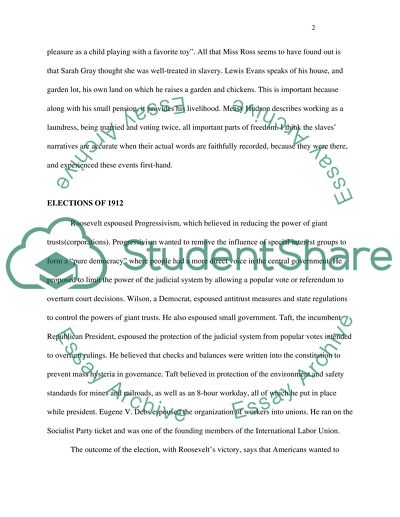Cite this document
(“History Coursework Example | Topics and Well Written Essays - 2500 words”, n.d.)
Retrieved from https://studentshare.org/finance-accounting/1414304-history
Retrieved from https://studentshare.org/finance-accounting/1414304-history
(History Coursework Example | Topics and Well Written Essays - 2500 Words)
https://studentshare.org/finance-accounting/1414304-history.
https://studentshare.org/finance-accounting/1414304-history.
“History Coursework Example | Topics and Well Written Essays - 2500 Words”, n.d. https://studentshare.org/finance-accounting/1414304-history.


